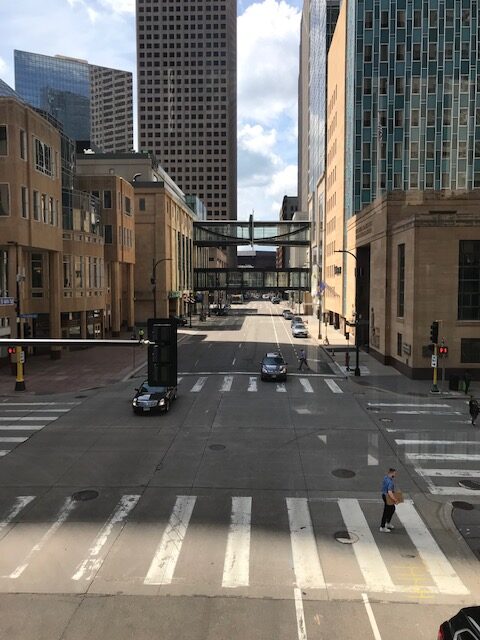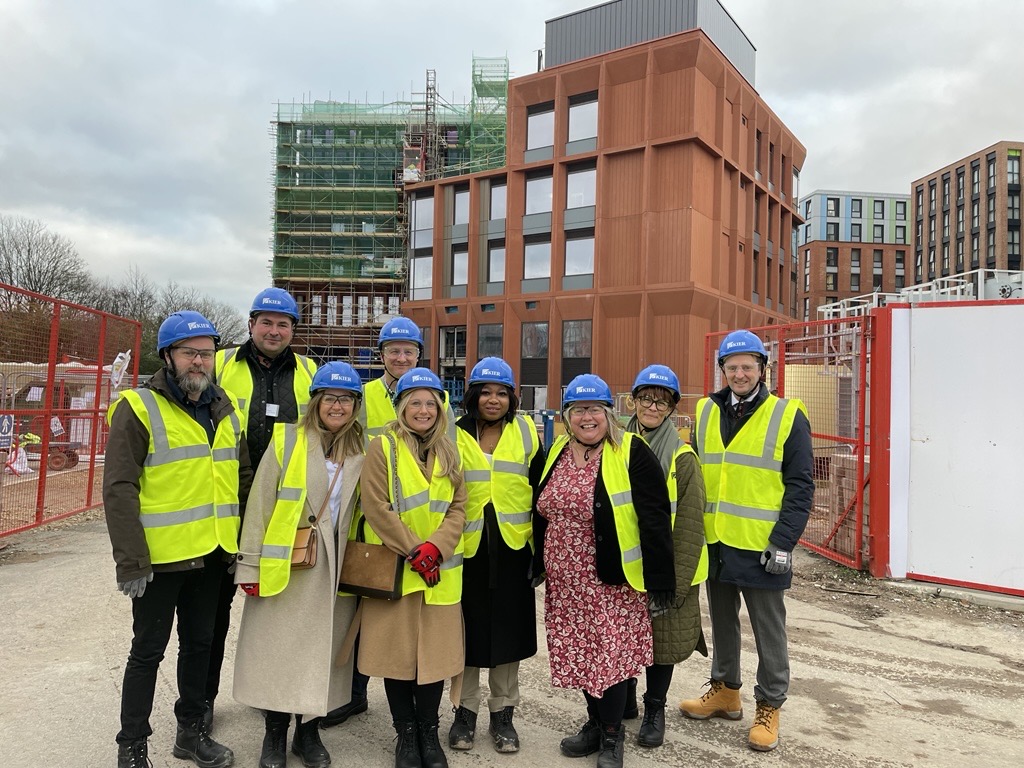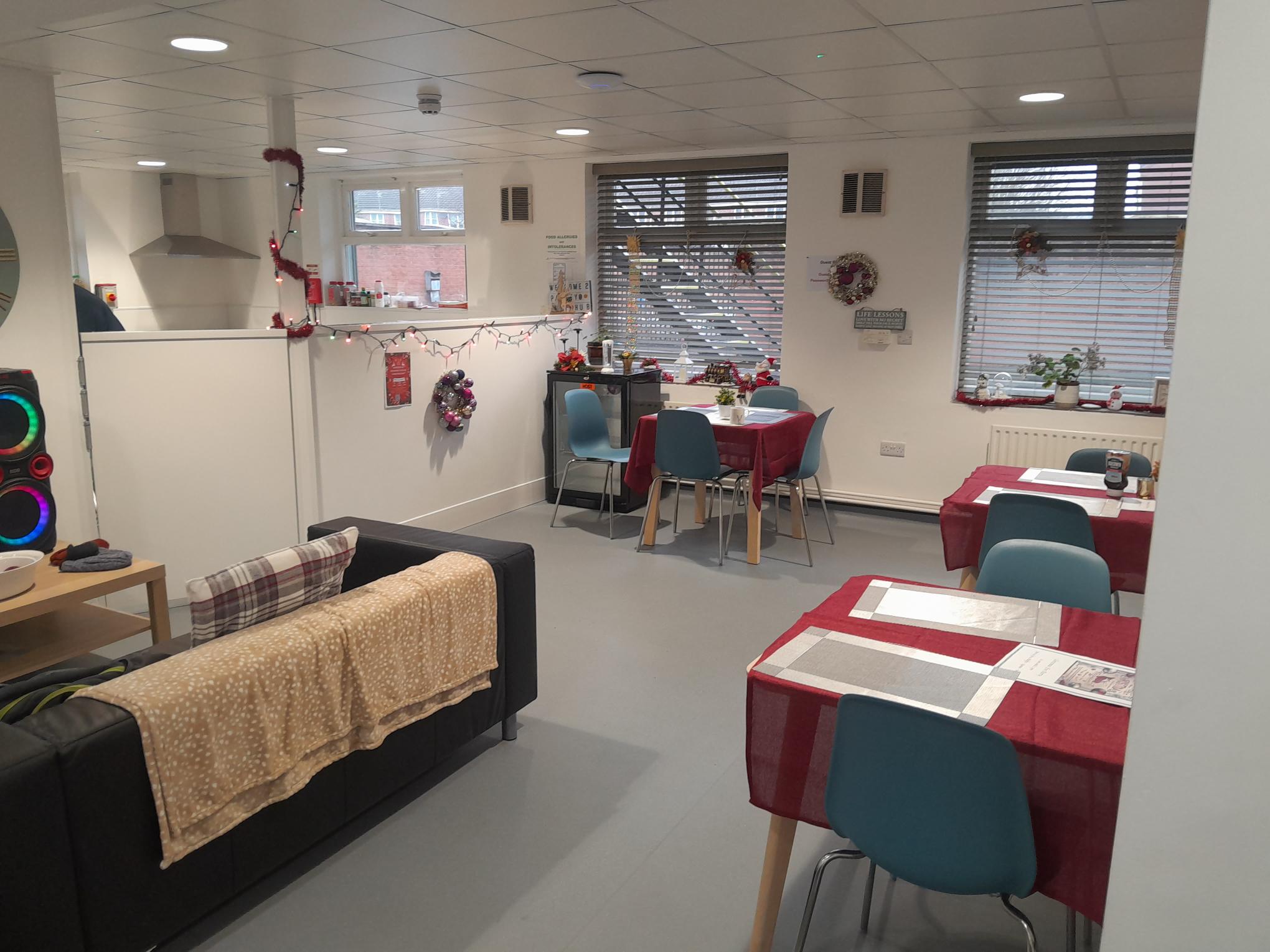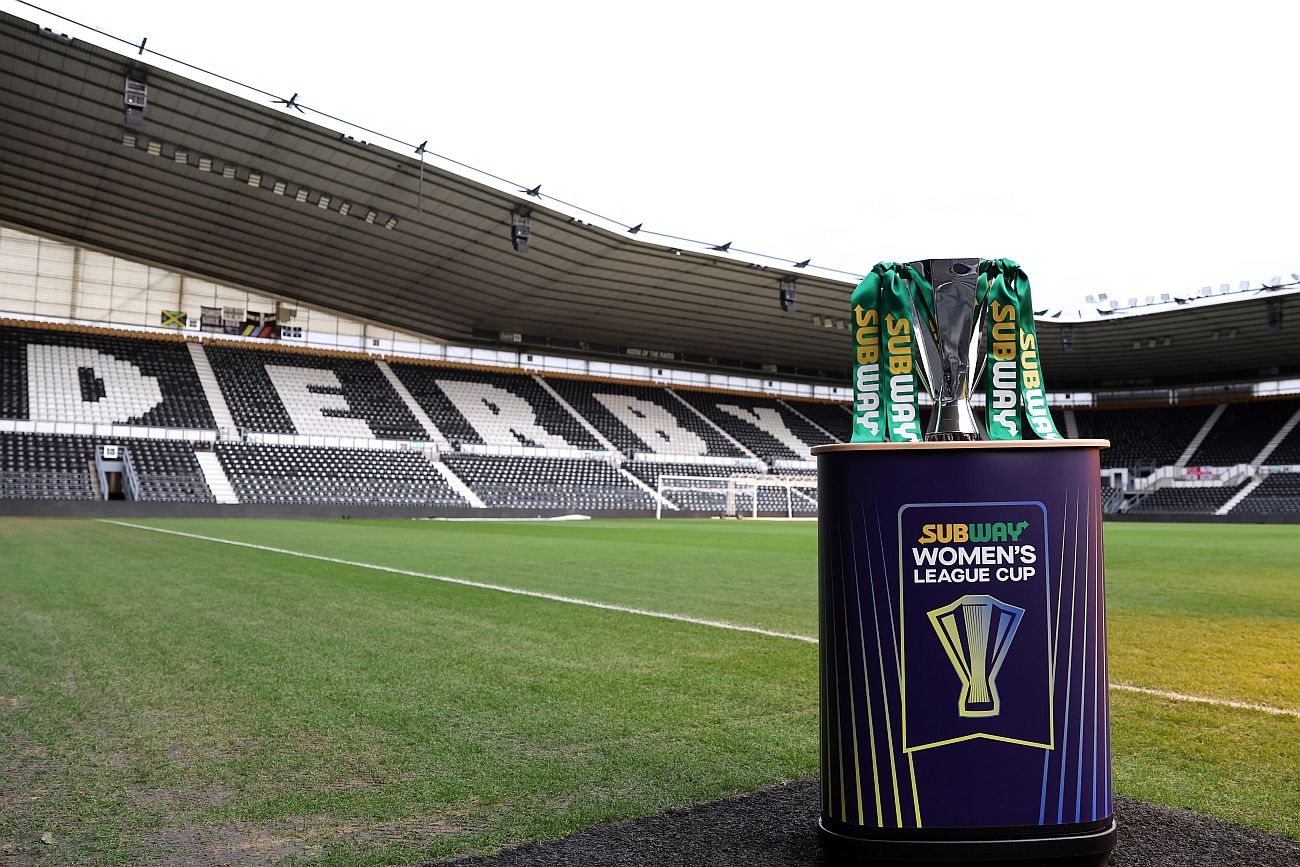Latest News | 16 September 2022
What makes a city?

Author: John Forkin MBE DL
How much is a city defined by its landmarks and buildings – say the Eifel Tower in Paris, or the Empire State in New York? Is it the infrastructure, say Hong Kong’s harbourside or the Golden Gate Bridge in San Francisco?
Maybe it’s the statues, parks and galleries of a city like London?
The answer of course is that these are all key components which together form the image and perception of place, as represented in memories, post-cards and even as ubiquitous backdrops for TV news reports.
But they miss what I believe is the most important ingredient of any city, its people.
The Covid pandemic and its associated lockdowns gave us a shocking glimpse of cities without people.
The experience was eerie, and you will remember how, in the spring of 2020, TV news reports showed shocking footage of deserted streets in cities across the world.
Marketing Derby captured this in a film we made at the time. Called ‘Lockdown Derby’, it featured an empty city centre landscape, punctuated only by the odd bus, taxi, and cyclist, with a haunting voice-over in the words of WH Auden.
We wanted to capture a unique moment in time as a historical record – something that had never happened before and is unlikely to be ever repeated.
As the lockdown lifted people drifted back but even today, traffic and people flows are yet to return to pre-pandemic patterns. They may never will as the hiatus of Covid has resulted in the creation of new habits, focused on working from home, shopping online and often only venturing out to local neighbourhoods.
City centres have become marooned and neglected.
At the same time, some parts of the world continue to use lockdowns as a tool to try and achieve Zero Covid – most notably China and in particular the mega-city that is Shanghai, with its 25million people still being locked down at short notice and for weeks on end.
Yet, the learning from Covid is that people actually do make cities.
You can have as much beautiful architecture as you like but take out the people and you are left with the bare-boned skeleton of a city.

America has tussled with the concept of city centres (downtowns) for decades. Cities like Detroit did not need a pandemic to become sad shells of their former selves – socio-political and economic factors delivered that in remarkably short time.
Just over 60 years ago, the author Jane Jacobs, saw how (well-intended) post-war planning and development was endangering the very fabric of cities as they began slipping and sliding into a bleak nadir.
Her game-changing book – The Life and Death of Great American Cities – had at its heart a simple cry that ‘downtown is for people’.
Jacobs feared that central, top-down interventions would strangle the essential ethos of a city – its vibrancy, its eco-system of mixed uses and the unpredictable but creative chaos of life lived on the street.
Jacobs was opposed to the sterile concepts promoted by both the Le Corbusier’s and Haussmann’s of the world. In other words, post-modern brutalism is as bad as sterile classicism.
The vision of a city needs to be anchored around its communities – diverse, messy, noisy, unpredictable – not the toxic perfection of brave new masterplans or fossilised heritage.
Of course, Jacobs was pretty much ignored and the cities she had written about with such passion – the New Yorks, Chicagos and Baltimores – descended into the violence and decay of the 1970s.
It is only over the past few decades that some American cities have begun to fix much of the damage and rediscover the importance of people.

I’ve seen this fixing in recent visits to places such as Denver, Boston, Austin and Portland, all of whom, it might be said, are adopting the Jacobs mixed use-mixed neighbourhood philosophy.
This summer I was in Minneapolis, which during the 1960s reacted to the threat of out-of-town shopping malls by connecting its downtown buildings with a series of skywalks. They are an intriguing innovation – 11 miles of them linking 80 city blocks – ideal for the Minnesota cold winters and hot summers.
What they didn’t anticipate was the new post-pandemic world of working from home. Today the skyscrapers lack many of their workers, the skyways are vacated and the city streets empty. The streets of downtown Minneapolis can feel like a large place with no people.
Covid has made the hollowing out of city centres a problem here in the UK too. No city is immune.

The 2022 Marketing Derby Property Summit focused on the theme of ‘repurposing’ the city centre. Central to this is being clear that the repurposing is driven by the needs of people, the customer if you will. In Derby’s case, that is predominantly the 750,000 people who live within 30 minutes of the city centre.
To be successful in creating a vibrant city, Derby needs more people to live, work and visit the city centre.
When asked what might attract you back into the city centre, having lost the habit during Covid, the answer from people is actually pretty straight forward – give us more interesting things to do and make our experience easy, safe and attractive.
I believe Derby can do this, that there is a will to really give it a shot.
Our economy provides a platform of confidence for private investors. I hear this every week. Our public-private partnerships have always been robust but the shared experience of navigating Covid, through towards recovery, has forged relationships rooted in honesty, respect and trust.
The conversations held with the hundreds of people who have already visited the Derby City Lab is proof positive to me that Derbeians really do care about their city and that they not only welcome bravery and action but actually expect it.


